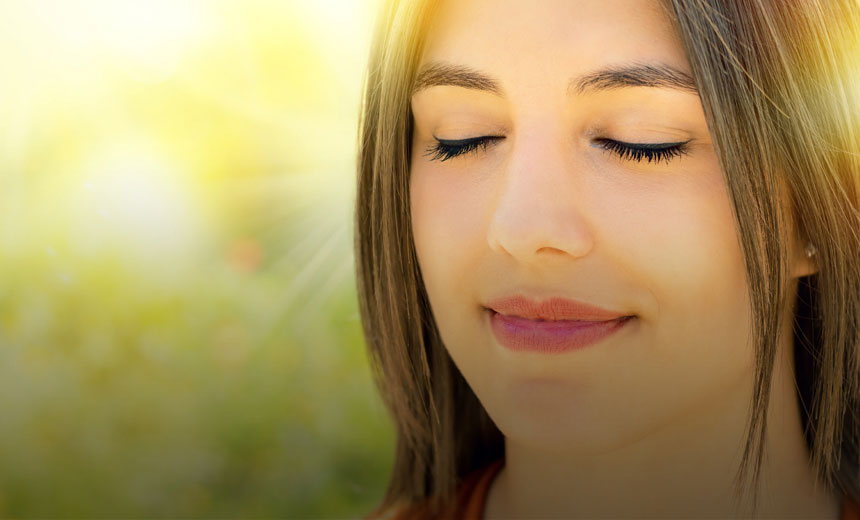"*" indicates required fields
24/08/2017

Eyelids are something that most people take for granted. We see their function as protecting the eyes and allowing us to sleep. However, eyelids play a far greater role in maintaining good vision than most realise. In basic terms, the eyelid is a fold of skin (in fact two folds consisting of the upper and lower eyelids). They are the thinnest skin on the body. Connected to the eyelid is a muscle that is responsible for the opening and closing of the lid – this can be voluntary (such as sleeping) or involuntary (blinking).
The main role of the eyelids is to protect the eye. It’s vital that the surface of the eye (the cornea) remains constantly moist, so the eyelid is responsible for spreading the tear film evenly across the surface. When we sleep, the eyelids don’t simply block out light, they keep the cornea from drying out. Ancillary to the eyelids are the eyebrows, which protect the eyes from dirt, debris and sweat, and the blink reflex, which protects the eyes from foreign bodies.
Although physically small, eyelids are actually complex components made up of layers of skin, muscle, ligaments, nerves, blood vessels and fat. Because of this intricate structure and their exposure to the elements, the eyelids are prone to a number of disorders:
Called a blepharoplasty, cosmetic eyelid surgery is becoming increasingly popular. No surgical procedure is without risks and cosmetic eyelid surgery tends to be very expensive. A blepharoplasty can also be performed for medical reasons, including treatment for ptosis, tumours and other eyelid related disorders.
More than just a canvas for make-up, the eyelid is a powerhouse of a component, shielding, wiping and cleaning the cornea. Attend to good eyelid hygiene and the eyelid will reward you with good eye health.
The information on this page is general in nature. All medical and surgical procedures have potential benefits and risks. Consult your ophthalmologist for specific medical advice.
Date last reviewed: 2023-03-31 | Date for next review: 2025-03-31